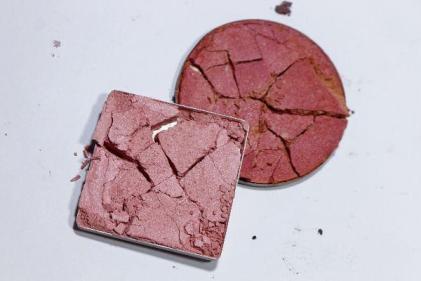It’s not uncommon for any parent to see one of their kids in hyperactive mode, especially in their younger years. We’ve all had the moment when you’re just trying to pack the groceries as quickly as you can because the Aldi till assistant is flinging them at you while your 4-year-old races around your legs like it’s a Grand Prix track. It’s normal. They grow out of it – until one doesn’t.
Hyperactivity is a very common symptom of ADHD, we’ve always been told. The inability to sit still, the impulsivity, these are all familiar signs to us.

But according to a study from the Association for Child and Adolescent Mental Health, although girls are diagnosed with ADHD at just under half the rate that boys are in childhood, the ratio becomes much closer to equal by the time these girls reach adulthood. Why is this?
Because many young girls who aren’t diagnosed in childhood seek diagnosis as they enter adulthood.
But why aren’t they diagnosed at the same stage that boys are? Do their symptoms differ? Are there gender biases at play here? And how can we spot the tell-tale signs earlier?

Research is increasingly revealing the young girls are under-diagnosed with ADHD because the disorder tends to present differently in girls than it does in boys. The symptoms manifest in a less overt, but still equally impairing fashion than boys. Girls, however, will adopt compensatory behaviour to cover up or internalise the symptoms, resulting in them seeming inattentive and troubled by internalised issues. So ultimately, girls will attempt to cover up these symptoms, while boys will externally exbibit them.
It’s essential to diagnose this condition in girls early, not only to help with their childhood impairments, but to prevent the consequences of internalisation into adulthood. The study conducted by the Association for Child and Adolescent Mental Health showed that females with ADHD experience seemed to experience a heightened risk for problems in close relationships as they aged. They are at increased risk of developing anti-social behaviour, learning and social difficulties and emotional difficulties as they age.

Seeking a diagnosis of ADHD can be complicated, because there is no one specific test that can be carried out to definitively say it is or isn’t present. Usually, the child has to wait until they’re at least six years old to be assessed by a qualified healthcare professional like a Paediatrician, Psychiatrist or Clinical Psychologist who will employ various tests, observations and analysis of their developmental history to draw their conclusion.
Although researchers are constantly providing new information and not every child’s symptoms will present in the same way, there are some commonly observed traits that could suggest a child may have ADHD. These include:
Inattention
Hyperactivity and impulsivity
Behavioural difficulties
Short attention span
Restlessness and fidgeting
Impatience
Excitable
If parents observe this behaviour frequently at home and teachers observe it frequently at school and the behaviour is having an impact on the child’s life, then the next step is to visit your GP to seek referral to a specialist for further assessment.













